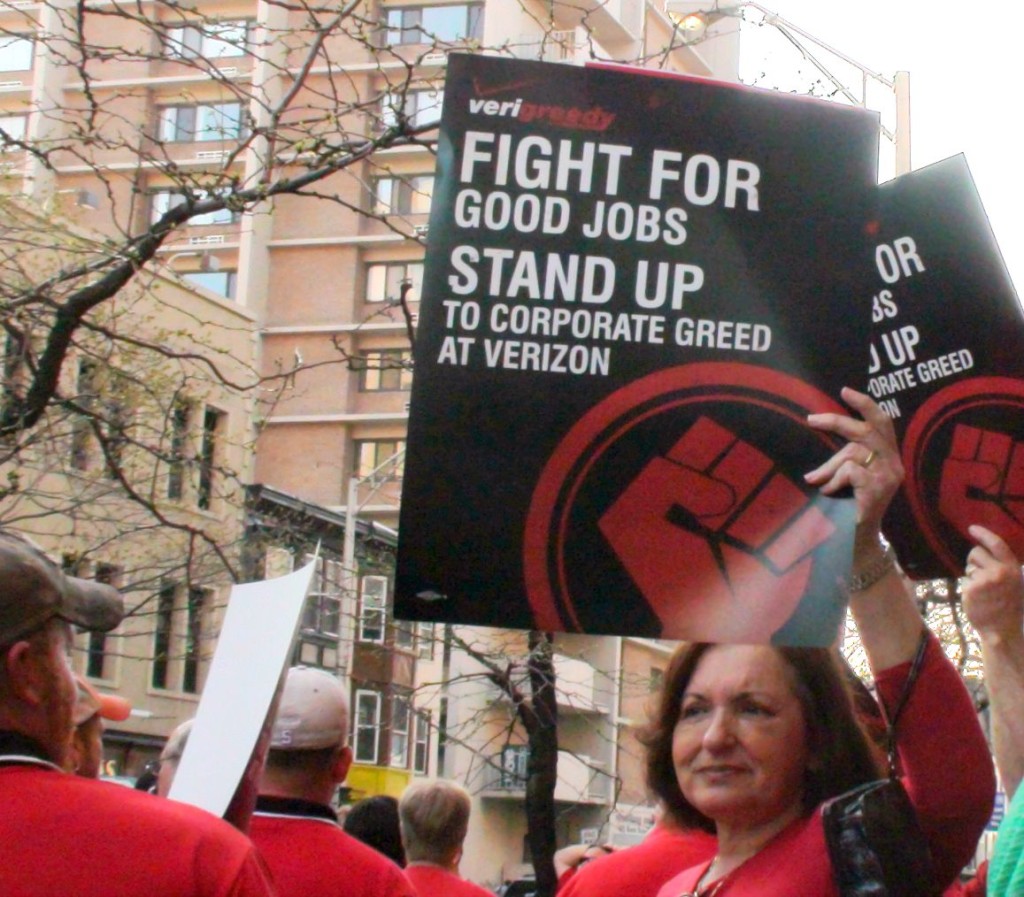Verizon unions along the East Coast are at their wits’ end with the company due to lengthy negotiations over cost cutting measures that they believe will threaten their job security. The old contract had expired as of August 1st, but no work stoppage has been initiated yet. If talks continue in the same manner, the unions have stated that they may have no choice but to strike.
What’s at Stake?
Unions are claiming that the top Verizon executives have been awarded a quarter of a billion dollars in the last few years and, as a whole, the service provider has made $18 billion in profits over the last year and a half. When bargaining started on June 22nd of this summer, Verizon proposed to raise health care costs by thousands of dollars, and threatened union workers’ job security by eliminating constraints on hiring non-union workers. It has been stated that the company wants to reduce overtime pay, as well as remove any restrictions on their ability to offshore union jobs. The company’s administration has expressed frustration that both parties have still not come to a concise resolution following a recent legitimate rebuttal to the union demands.
Preparation Movements During Talks
The Communications Workers of America and International Brotherhood of Electrical Workers, who represent about 37,000 Verizon employees, are not ready to back down. They claim that Verizon has been planning for this by training managers and hiring contract workers throughout the negotiation process, demonstrating that they are anticipating a long strike. But, for now, union workers will continue to be on the job despite Verizon’s apparent preparations.
The Next Step
Unions will continue to put the pressure on Verizon to decide on a fair contract soon. The negotiations for the last contract went on for 16 months, and both parties want to avoid a repeat experience. This agreement only applies to wireline technicians and call center staff from Massachusetts to Virginia. It also affects 150 employees of Verizon Wireless that are part of the Communications Workers of America union. If the bargaining continues much longer without an agreement, both sides are ready to stand against each other.







